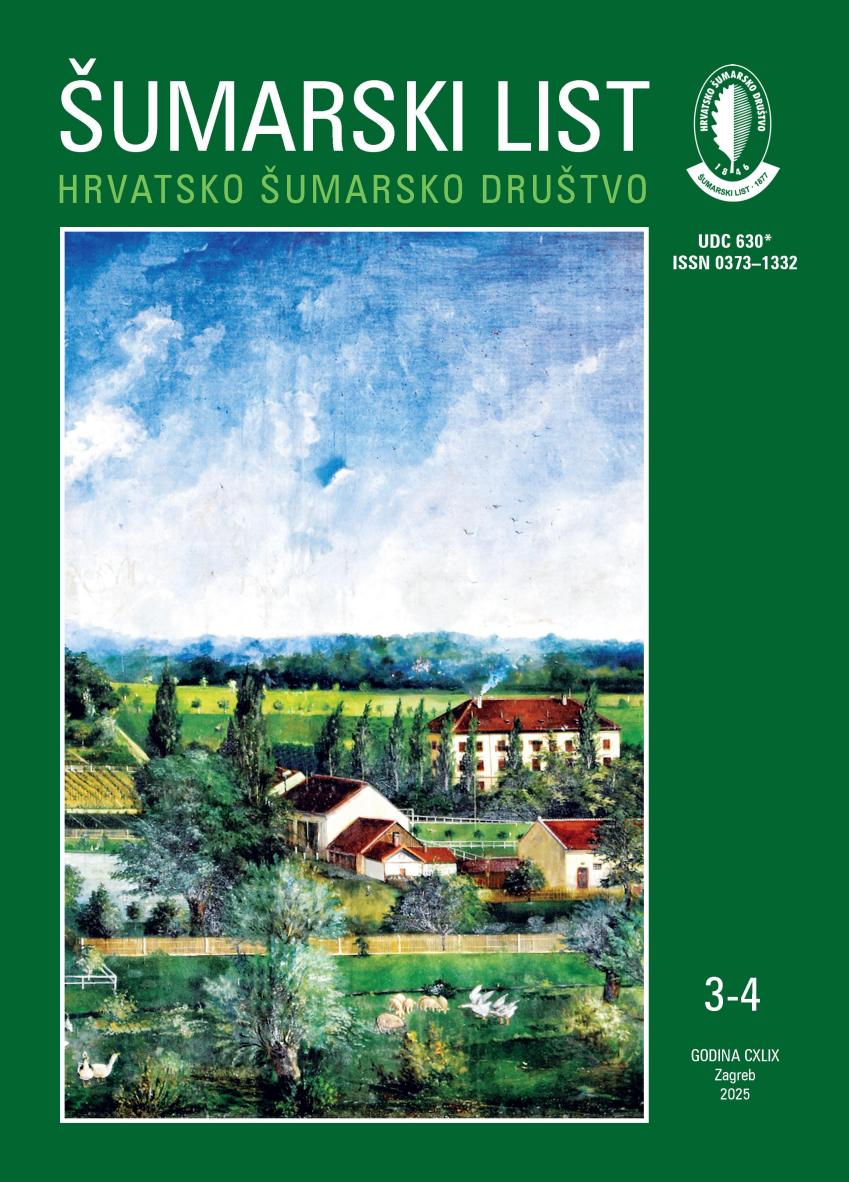Global climate change, a threat: example of the chamois’ case
Keywords:
Chamois, Classification, WorldClim, Maximum Entropy, Modelling and Mapping, Species distribution.Abstract
Global climate change is predicted to be one of the most severe destructions impacting Earth. This study investigated whether global climate change poses a threat to mountain ecosystems, particularly considering that wild animals in these habitats are highly mobile. Accordingly, the research aimed to map the habitat suitability of the chamois, a species with a wide distribution across Europe, under various climate scenarios for both the present and the future. To achieve this, the MaxEnt modelling method was preferred, utilizing the latest WorldClim climate data to illustrate global climate change impacts. The current habitat suitability for chamois falls within the “good” model category, with an AUC score of 0.839 on the training dataset and 0.834 on the test dataset. The variables contributing to the model are ruggedness index, elevation, annual precipitation and temperature annual range, respectively. Based on these variables, future habitat suitability maps for chamois were created using the SSP126, SSP245, and SSP585 climate scenarios for the year 2100, employing the HadGEM3-GC31-LL model from WorldClim. According to the classification, recent chamois habitat suitable map predicts that 27.71% of Europe is suitable for habitation. In contrast, the future suitability under the SSP126 scenario covers 24.71%, SSP245 covers 21.53%, and SSP585 covers only 16.21%. Therefore, compared to the current model, the SSP585 scenario for 2100 projects a reduction in suitable area by approximately 42%. According to this rate, global climate change is a threat to the distribution of the chamois.
Downloads
Published
License
Copyright (c) 2025 Canpolat Kaya, Ahmet Acarer, Sibel Tekin

This work is licensed under a Creative Commons Attribution-NonCommercial 4.0 International License.


